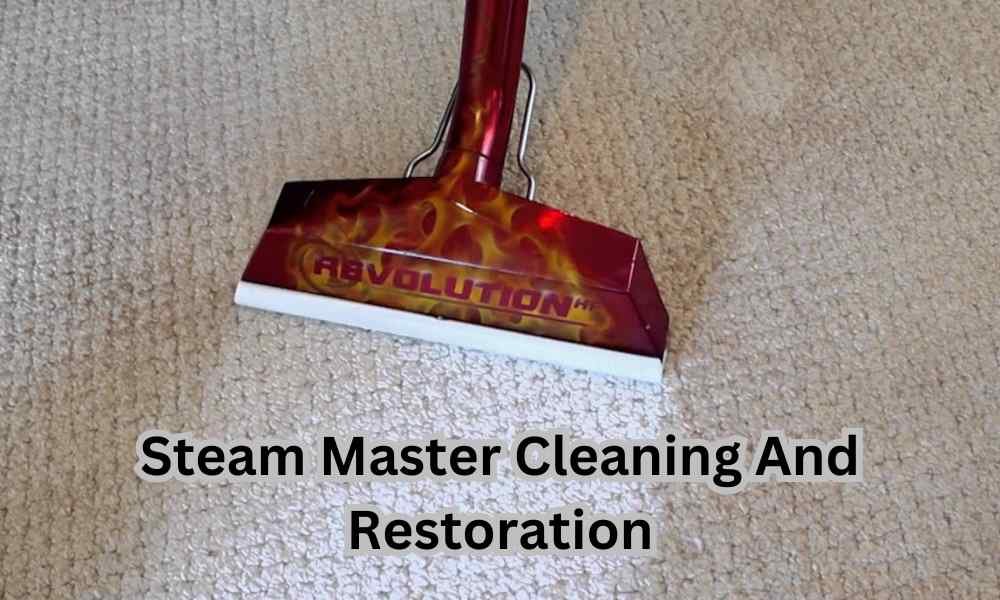Welding, a process that joins materials, is an indispensable technique across various industries. Among the different types of welding, stick welding remains a popular choice for its simplicity and versatility. When it comes to welding aluminum, selecting the right welding rods is crucial for achieving optimal results. In this article, we delve into the world of aluminum welding rods specifically designed for stick welders.
Introduction to Aluminum Welding Rods
Aluminum welding rods are consumable electrodes used in stick welding processes to join aluminum workpieces. Unlike other welding methods that use a wire feed system, stick welding employs a flux-coated electrode, making it suitable for outdoor and windy conditions.
Understanding Stick Welding
Stick welding, also known as Shielded Metal Arc Welding (SMAW), involves the use of an electric arc between the welding rod and the workpiece to create a weld. It’s a versatile process capable of welding various metals, including aluminum, steel, and stainless steel, making it a preferred choice for both amateur and professional welders.
Importance of Choosing the Right Welding Rods
The success of any welding project heavily relies on selecting the appropriate welding rods. For aluminum welding, the choice of rods determines the quality, strength, and appearance of the weld. Using the wrong type of rods can lead to defects such as porosity, cracks, and weak joints.
Characteristics of Aluminum Welding Rods
Aluminum welding rods exhibit specific characteristics that make them suitable for stick welding. These rods are typically composed of aluminum alloys with additives such as silicon and magnesium to improve weldability and strength. They come in various diameters and lengths to accommodate different welding applications.
Advantages of Stick Welding with Aluminum Rods
Stick welding with aluminum rods offers several advantages. Firstly, it provides excellent penetration, making it suitable for welding thicker aluminum materials. Additionally, stick welding equipment is more affordable and portable compared to other welding methods, offering greater flexibility in remote or outdoor welding environments.
Factors to Consider When Selecting Aluminum Welding Rods
When choosing aluminum welding rods for stick welding, several factors should be considered. These include the type of aluminum alloy being welded, the thickness of the material, welding position, and desired weld characteristics. It’s essential to match the rod’s composition with the base metal to ensure compatibility and optimal performance.
Tips for Welding with Aluminum Rods
Welding aluminum with stick electrodes requires proper technique and equipment setup. Some tips for successful aluminum stick welding include:
Clean the base metal thoroughly to remove any contaminants.
Use a high-frequency start or scratch start technique to initiate the arc.
Maintain a short arc length to prevent overheating and ensure proper fusion.
Employ a weaving motion to distribute heat evenly and create a uniform weld bead.
Select the appropriate amperage and welding parameters based on the rod diameter and material thickness.
Common Mistakes to Avoid
Inexperienced welders often encounter common mistakes when welding aluminum with stick electrodes. These include inadequate cleaning of the base metal, improper electrode angle, excessive heat input, and insufficient preheating or post-weld heat treatment. Avoiding these mistakes is essential for producing high-quality welds.
Safety Precautions During Aluminum Welding
As with any welding process, safety should be a top priority when welding aluminum with stick electrodes. Ensure proper ventilation in the welding area to prevent exposure to harmful fumes and gases. Additionally, wear appropriate personal protective equipment (PPE) such as welding helmets, gloves, and flame-resistant clothing to protect against arc radiation and spatter.
Maintenance and Storage of Aluminum Welding Rods
Proper maintenance and storage of aluminum welding rods are essential for preserving their integrity and performance. Store rods in a dry environment away from moisture and humidity to prevent contamination and corrosion. Inspect rods for signs of damage or deterioration before use, and discard any defective or expired electrodes.
Comparison with Other Welding Methods
While stick welding with aluminum rods offers unique advantages, it’s essential to compare it with other welding methods such as MIG (Metal Inert Gas) and TIG (Tungsten Inert Gas) welding. Each method has its strengths and limitations, depending on the specific application requirements, material thickness, and desired weld quality.
Applications of Aluminum Stick Welding
Aluminum stick welding finds applications in various industries, including automotive, aerospace, construction, and marine. Common applications include fabrication of aluminum structures, repairs, maintenance, and modifications requiring strong and durable welds.
Aluminum Welding Rods vs. Alternatives
When considering the cost of aluminum stick welding, factors such as equipment, consumables, labor, and maintenance should be taken into account. While stick welding equipment is relatively affordable, the cost of aluminum welding rods may vary depending on the alloy composition and manufacturer. Conducting a cost analysis helps determine the most economical welding solution for specific projects.
Environmental Impact of Aluminum Welding Rods
Aluminum welding rods, like other welding consumables, have environmental implications throughout their lifecycle. From raw material extraction and production to disposal, it’s essential to consider the environmental impact of aluminum welding rods and adopt sustainable practices wherever possible, such as recycling and waste reduction.
Future Trends in Aluminum Welding Technology
As technology continues to advance, the future of aluminum welding holds promising developments. Innovations in electrode formulations, welding equipment, automation, and digitalization are expected to improve efficiency, quality, and safety in aluminum welding processes. Keeping abreast of these trends ensures that welders stay competitive and adapt to evolving industry standards.
Conclusion
Aluminum welding rods for stick welders offer a versatile and cost-effective solution for joining aluminum materials. By understanding the characteristics of aluminum rods, adhering to proper welding techniques, and prioritizing safety and environmental considerations, welders can achieve high-quality welds that meet the demands of various applications.
FAQs (Frequently Asked Questions)
Can I weld aluminum with a stick welder?
Yes, aluminum can be welded with a stick welder using specialized aluminum welding rods designed for the process.
What are the advantages of stick welding with aluminum rods?
Stick welding with aluminum rods offers excellent penetration, portability, and affordability compared to other welding methods.
How do I choose the right aluminum welding rods?
Consider factors such as the type of aluminum alloy, material thickness, and desired weld characteristics when selecting aluminum welding rods.



